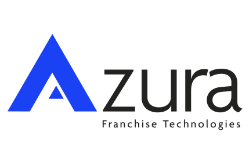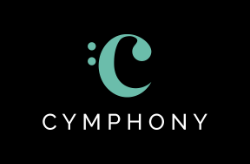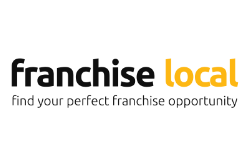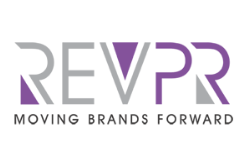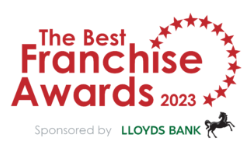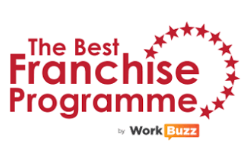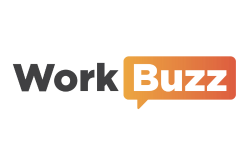In last month’s column, Planning for Success, I looked at what a business plan will commonly include and what (and who!) the business plan is for, as well as its importance for your business.
Now I want to focus on the figures which form an integral part of the plan. You will need to understand how the finances and cash flow of your new business will work and the projected figures will also back up any request for finance from a lender to fund your new business venture.
For your business to be as successful as possible, you need to keep a close eye on profit and cash flow. Although both are important, there are differences that are useful to know so you can make well-informed business decisions.
Cash Flow is the money that’s flowing in and out of the business. Having a positive cash flow means that more money is coming into the business than going out. It’s just as important as profit when it comes to assessing business performance.
You could have a high profit forecast but if cash flow is low, then you may still face problems as the business could run out of cash needed to pay wages and other overheads.
Profit is the amount of money left once total costs have been deducted from sales revenue. A profit and loss account will include your income, normally sales, and deduct your direct costs and overheads. These are used to assess whether you should make a profit or a loss.
Most funders will want to see projected sales and costs (profit and loss account) for at least three years, as well as a cash flow forecast for the same period.
The cashflow forecast is a plan that shows how much money a business expects to receive in, and pay out, over a period of time. It will not match a profit forecast exactly because profit is based on when sales are made and when costs are incurred, whereas a cashflow forecast is based on when sales income is actually received and when the costs are paid.
Some businesses will have ‘instant’ payments eg food and retail businesses where customers pay for the goods or service as they receive it. Others will have customers who pay on invoice and this could be on, say, 30 day or 60 day terms, so they don’t have to settle the bill until that period of time after the invoice.
However, it shouldn’t be as challenging as it can sound to a non-accountant, as most franchisors will be able to provide you with some support to help you prepare this crucial set of figures. At Revive! we have a template to provide three years profit and loss and cash flow forecasts, based on typical costs and payment times to help our prospective franchisees understand how the business works and in particularly, how quickly cash comes in after the sales are completed.
As you complete your business plan, focus on the projections for your sales and profits and ensure that you understand what they mean. If you are projecting turnover of, say, £150,000 in Year 1, how will you get there? How will sales come in on a daily/weekly/monthly basis? Will there be a few months of little or no sales/income at the start as you build your business? How will you fund your personal expenses until the business is strong enough to allow you to pay yourself a wage?
Prepare a full list of your personal expenditure: mortgage, car loan, household bills, essential purchases. This will show how much money you will need to take out of the business to cover your personal living expenses. What if the business is slow to build, how could you overcome that? Do you have any contingency funds?
What if sales come in much faster than anticipated, a great problem to have, but this can affect cashflow and put strain on the business? A good franchisor will help you through many of these issues but as a franchisee and business owner, you need to fully understand the cash flow of the business.
It will also help you to put your case to the bank if you are asking for funding to start your franchise.
Although this may seem quite daunting as you start your franchise journey, having a strong business plan and a good understanding of your projections will stand you in good stead as your business grows.







